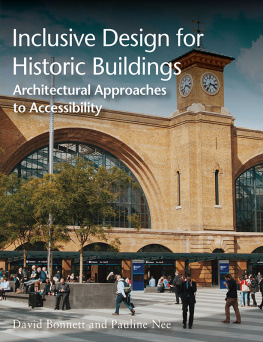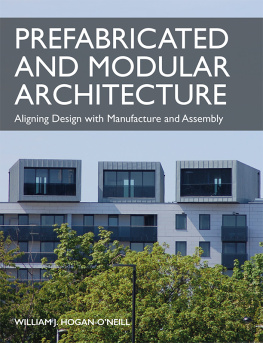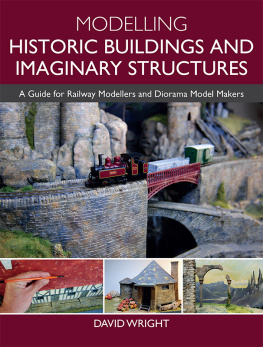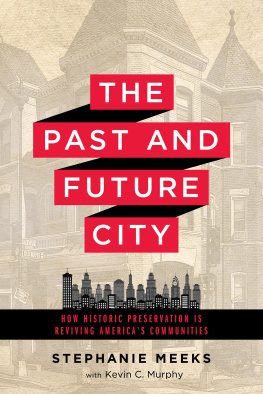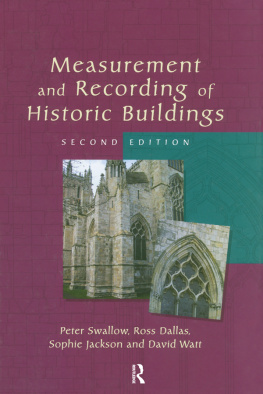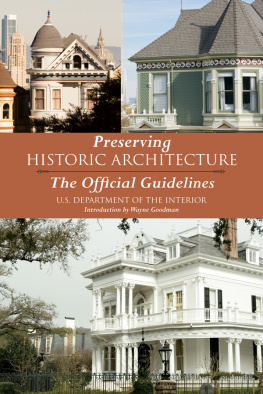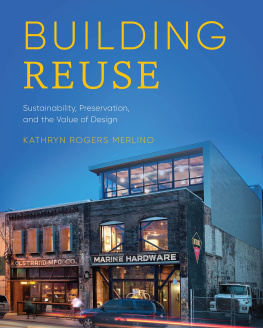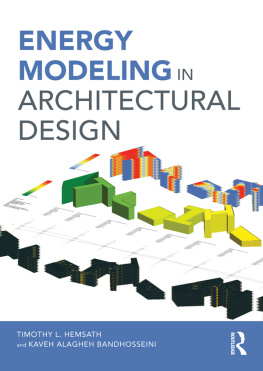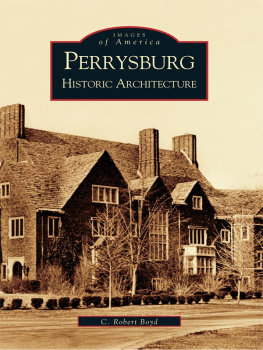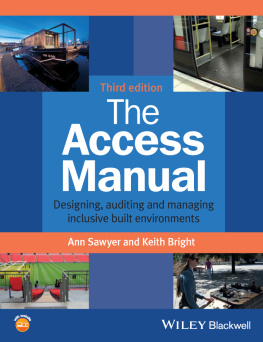Page List
Inclusive Design for
Historic Buildings
Architectural Approaches
to Accessibility

Inclusive Design for
Historic Buildings
Architectural Approaches
to Accessibility
David Bonnett and Pauline Nee

First published in 2021 by
The Crowood Press Ltd
Ramsbury, Marlborough
Wiltshire SN8 2HR
www.crowood.com
This e-book first published in 2021
David Bonnet and Pauline Nee 2021
All rights reserved. This e-book is copyright material and must not be copied, reproduced, transferred, distributed, leased, licensed or publicly performed or used in any way except as specifically permitted in writing by the publishers, as allowed under the terms and conditions under which it was purchased or as strictly permitted by applicable copyright law. Any unauthorised distribution or use of this text may be a direct infringement of the authors and publishers rights, and those responsible may be liable in law accordingly.
British Library Cataloguing-in-Publication Data
A catalogue record for this book is available from the British Library.
ISBN 978 1 78500 901 3
Cover design: Maggie Mellett
Every effort has been made to trace and acknowledge the holders of the copyright of all the images used in this book. The authors and publishers would be pleased to hear from copyright-holders concerning any error or omission.
FOREWORD
T HE WIDE RANGE AND CLEAR PRESENTATION of well-designed projects in this book will make it an invaluable resource for architects and students, but I hope it will be equally inspiring and informative to those who are responsible for historic buildings, for whom accessibility should be an essential priority.
The examples provide ample evidence of what can be achieved and their success should encourage those who take on the challenge of making historic buildings more inclusive. Collectively, they establish a standard for future projects that is a matter of social justice when we consider the opportunities in life that are denied when access is difficult or impossible.
Drawing on their long experience and using a case study approach, David Bonnett and Pauline Nee demonstrate conclusively that inclusive design can be both elegant and effective. They set out clearly the key elements of inclusive design, establishing the context and providing a checklist for practising architects that is designed to ensure that all necessary considerations are addressed.

Visitors moving towards the new accessible entrance at Queens House Greenwich, located below the famous Horseshoe steps. (Illustration: John Darvill, RIBA MSAI)
Their brief history of legislation describes the successes and failures of campaigns to put access on the national agenda over the last fifty years, recognizing the important contribution of organizations like Historic England. The book also makes apparent the role that policy-makers and the agencies and funders like the National Lottery Heritage Fund that help transform policy into practice have played. Im particularly proud of the contribution of Arts Council England over a long period, noting that so many of the case study projects have benefited from Arts Council and National Lottery funding.
Our role in supporting inclusivity in capital projects goes beyond the provision of financial resource. Encouraging ambition and creativity in cultural organizations that are working towards access is integral to our approach. For many of the case studies in this book, and other capital projects supported by Arts Council England, the key to achieving inclusive design has been a commitment to partnership working learning from people with disabilities in their communities about what access and inclusion means to them.
As this book makes clear, effective consultation is fundamental to good design. The systematic consultation method, which was devised by the Arts Council and is highlighted here, should generate inclusive solutions for improving historic buildings.
I urge all those interested in our historic legacy to consult this book. I believe it will inspire those involved in the design process to approach accessibility challenges with confidence. It should also encourage custodians of historic buildings to prepare demanding briefs that will lead to high-quality design in buildings that welcome all and embrace the social model of disability.

